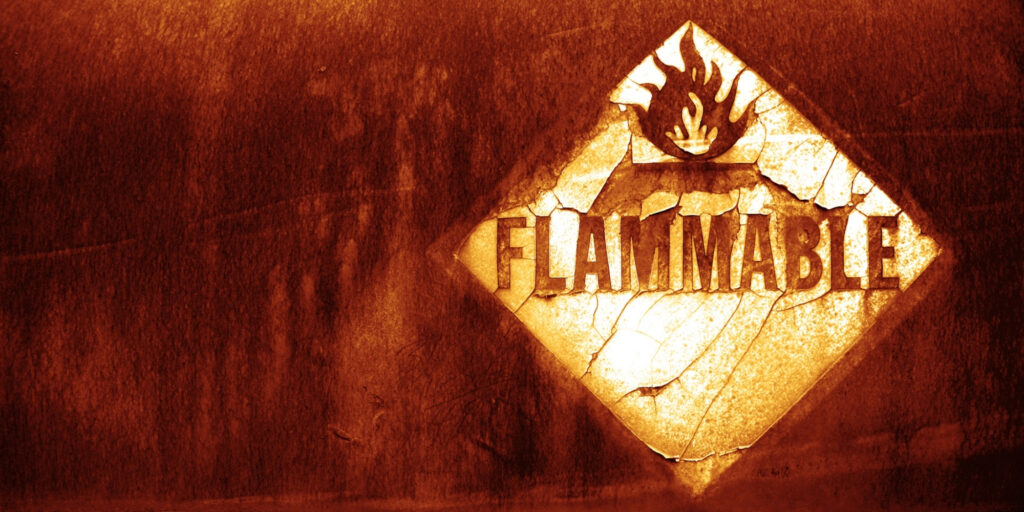Transition to latest GHS 7 chemical ID system starts in 2021
- PostedPublished 10 September 2020
FROM January 2021, Australia will start a two-year transition to the Globally Harmonized System of Classification and Labelling of Chemicals Revision 7 (GHS 7).
Changes to hazard classes between GHS 3 and GHS 7 include the addition of Flammable Gas Category 1A and 1B. These replace Flammable Gas Category 1 and allow for distinction between extremely flammable gases (1A) such as propane, and flammable gases (1B) such as R1234yf.
Safe Work Australia (SWA), the government body which develops worker legislation and policies, had previously hoped to start the transition on 1 July 2020. However, its members agreed to delay its introduction due to the impact of COVID-19 on Australian businesses.
Companies already using the new classifications won’t be put at a disadvantage, though; work, health and safety regulators will allow those operating in accordance with GHS 7 to continue to do so.

SWA also states that suppliers and end users can employ products with GHS 3 or GHS 7 labelling ahead of the official transition period.
A dedicated website called “GHS 7 – transition” has been established by the SWA to provide key information such as classification changes and supplier duties.
An array of downloadable sheets and resources are offered, including Changes to chemical classifications and labelling under GHS 7.
The sheet outlines the changes to the hazard classes between GHS 3 and GHS 7, the latter being introduced to bring Australia in line with international best practice for hazard communication and chemical assessment.
GHS 3 is currently employed but it was published in 2009 and adopted in Australia in 2017, following a five-year transition, meaning it is outdated.
- CategoriesIn SightGlass
- TagsSightGlass News Issue 21

